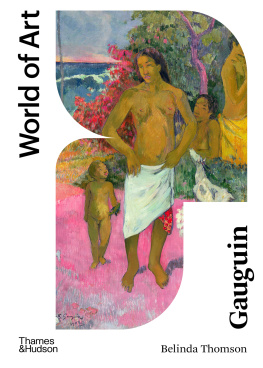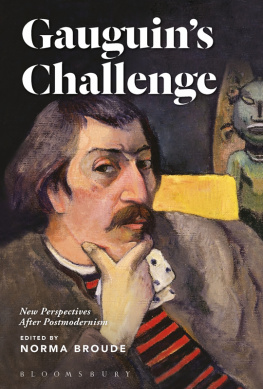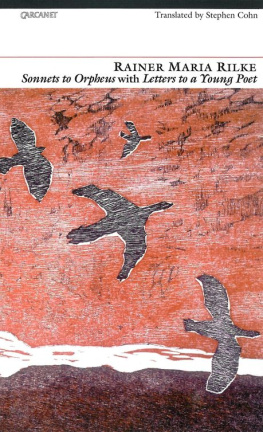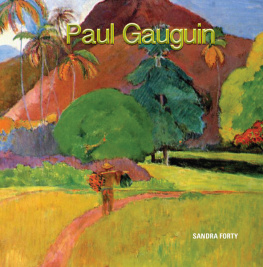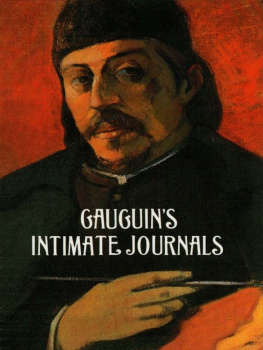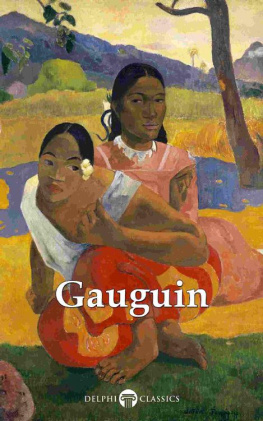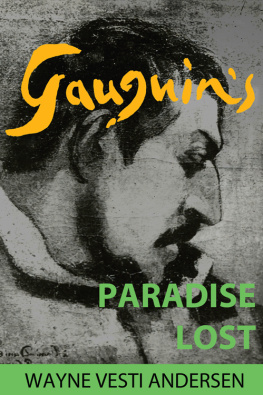CRITICAL RESPONSE
Robert Kirsch in the Los Angeles Times
With Andersens penetrating guidance, we see that the savagery is only one pole of Gauguins spirit Whatever else emerges from this fascinating and imaginative study, one point is amply clear. Gauguins mutation was a myth he himself worked hard to create.
Larry Rumley in the Seattle Times
Wayne Andersens concern is with the symbolism in Gauguins art as it reflects his tangled notions of God, sex, and the incidents of birth and death in mans progressin brief, the psychology behind the art.
Ellen M. Jensen in the Rocky Mountain News
With extensive research into the artists psychological composition, Andersen has penetrated the murky legends and romantic haze that encompassed Gauguin to expose an artistic genius who was consumed by the darkest dementia.
Stephanie Sutton in the Harvard Bulletin
Andersen has produced a study of Gauguin which invites inflationary praise. The book is rich in every context: in boldness of interpretation, in scholarship, in execution.
Francis Haskell in the New York Review of Books
Although art historians have been trying to use psychoanalytic methods, the territory is still hazardous and the first thing that needs to be said about Andersens achievement is that he scrambles over it with infectious confidence. As a course of seminars Gauguins Paradise Lost must have been fascinating and it has been transformed with much skill into a coherent book.
Nigel Dennis in the Sunday Telegraph (UK)
A strange, elaborate, and intriguing book. Are we prepared to follow Andersens line? The last thing that Gauguin suggests is this sort of intellectual symbolism: he seems to represent everything that is earthy, fruity, flamboyant and exotic. In fact, Andersen is right and we are wrong. Andersen explains Gauguins paintings and though we are bound to feel he is pushing his explanations he is backed up most of the time by Gauguin himself.
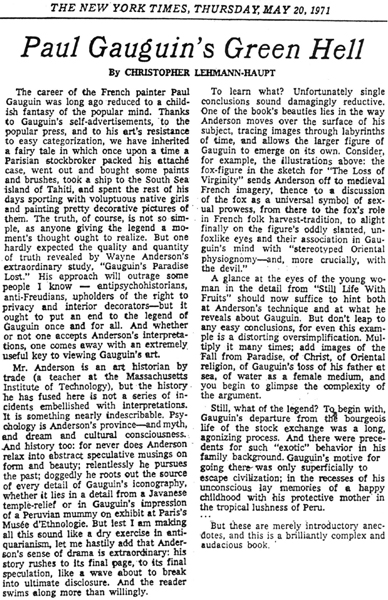

Wayne Vesti Andersen
Gauguins Paradise Lost
A New York Times
BOOK OF THE TIMES
DITIONS FABRIART
GENEVA, SWITZERLAND
Copyright Wayne Andersen, 1971, 2013.
All rights reserved. No part of this book may be reproduced, stored, in an information retrieval system, or transcribed, in any form or by any meanselectronic, digital, mechanical, photocopying, recording, or otherwisewithout the express written permission of the publisher, and the holder of copyright. Submit all inquiries and requests to the publisher: ditions Fabriart, Boston office: 134 Beach Street, Suite 3B, Boston , MA, 02111.
Originally published by Viking Press, New York, New York in 1971 and by Secker and Warburg, London, UK in 1972.
Library of Congress Cataloging-in-Publication Data
Library of Congress catalog card number: 72-135347
Gauguins Paradise Lost/ Wayne Vesti Andersen, author
p.cm.
1. Paul Gauguin, 2. Nineteenth century painting, 3. Modern Art,
4. French Art, 5. Biography
ISBN. 978-0-9725573-6-8
CONTENTS
For my enduring friend, Emeka Nchekwube
CHRONOLOGY
| 1848 | June 7: born in Paris, of Clovis Gauguin and Aline Chazal. |
| 1851 | Gauguin Family embarks for Peru; father dies en route. Spends four years in Lima with his mother and sister. |
| 1855 | family returns to France, lives with Pauls uncle Isadore Gauguin in Orlans. |
| 1865 | Enters Maritime service; travels extensively. |
| 1867 | Death of Gauguins mother, Aline. |
| 1871 | After discharge from navy, joins stock brokerage firm |
| 1873 | November 22: Marries Mette Sophie Gad |
| 1876 | Landscape painting accepted in official Salon |
| 1879 | Leaves stock brokerage firm; short period of connection with banking firm. |
| 1880 | Exhibits at the Fifth Impressionist Exhibition; joins insurance firm. |
| 1881 | AprilMay: Exhibits in the Sixth Impressionist Exhibition. |
| 1883 | January: Resigns from brokerage firm. June: works with Pisarro in Osny; leaves insurance firm. |
| 1884 | January: Moves family to Rouen. November: With family, goes to Copenhagen. |
| 1885 | Acts as representative of a French tarpaulin firm in Copenhagen. May: Exhibits in Copenhagen. June: Returns to Paris with son Clovis. September: Goes to Dieppe; spends three weeks in England before returning to Paris. |
| 1886 | May: Exhibits in the Eighth Impressionist Exhibition. June: Goes to Pont-Aven, Brittany; stays at the Pension Gloanec, where in August he meets mile Bernard. November: Returns to Paris; meets van Gogh in Montmarte. |
| 1887 | April 10: Sails for Panama with Charles Laval. June: With Laval, backtracks to Martinique. November: Returns to Paris; stays with Schuffenecker family. |
| 1888 | February: Returns to Pont-Aven; works with Ber nard, Laval and Mayer de Haan. Autumn: First one man show at Boussod and Valadon, managed by Tho van Gogh. October 23: Joins Vincent van Gogh in Arles. December 24: Incident with van Gogh; Gauguin returns to Paris; stays with Schuffe necker family. |
| 1889 | April: Returns to Pont-Aven; works with Laval and Paul Srusier. October: Moves to Le Pouldu, spends the winter with de Haan at Marie Henrys inn. Exhibits with Les XX, Brussels, and during the Paris Worlds Fair at the Caf Volpini. |
| 1890 | January: Returns to Paris. June: Goes to Le Puldu. November 7: Returns to Paris; stays with Schuffe necker; becomes friendly with Daniel de Monfried, and associates with the symbolist group at Caf Voltaire. |
| 1891 | February: Quarrels with Schuffenecker; moves to separate studio; exhibits at the Salon duChamp de Mars and with Les XX. February 22: Auction at the Htel Drouot to raise money for Tahitian trip; breaks with Bernard. March: Visits family in Copenhagen; the symbolists give a banquet in his honor at the Caf Voltaire. April 4: Embarks for Tahiti. June 8: Disembarks at Papeete. |
| 1892 | Takes native girl, Tehaamana (Tehura), as mistress. In Copenhagen, Mette gathers paintings for a show |
| 1893 | Writes Cahier pour Aline and Ancien Culte Mahorie. June 14: Sails for France. August 30: Disembarks at Marseille. Begins writing |



